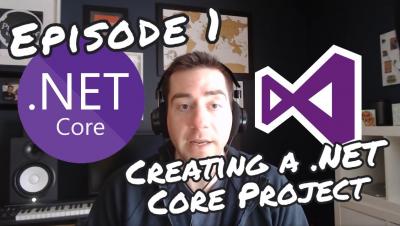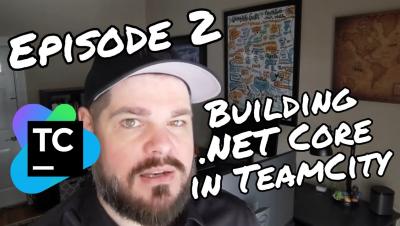10 lessons from the AWS hackathon
This weekend I had the opportunity to participate in the AWS Hackathon in Portland. Based on the hackathons hosted at re:Invent, this brought together about 100 developers of all skill levels to break up into small teams and produce a demo product in 10 hours. I had a great time, and wanted to share what I learned! There may be organization-specific roadblocks to adopting AWS Lambda right now and therefore, it might not be the right fit for your team at this particular juncture.











